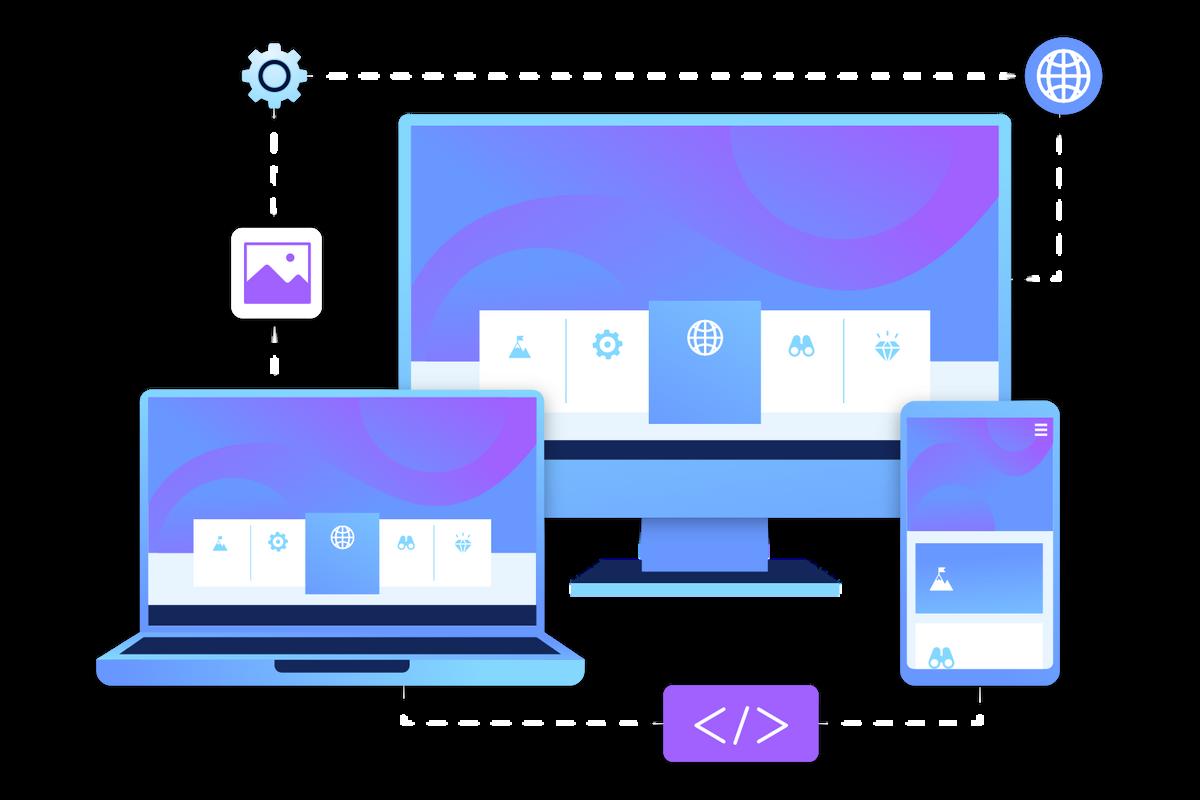

Introduction

In the present advanced age, where individuals access the web utilizing different gadgets, it's critical for sites to adjust and give an ideal encounter across various screen sizes. Responsive web design comes into play here.





In the present advanced age, where individuals access the web utilizing different gadgets, it's critical for sites to adjust and give an ideal encounter across various screen sizes. Responsive web design comes into play here.


The goal of responsive web design is to create websites that automatically adjust to the user's device, whether it is a smartphone, tablet, desktop computer, or laptop.


Responsive sites offer a steady and consistent experience to clients, no matter what the gadget they use. This further develops commitment, diminishes bob rates, and increments client fulfillment.


With the rising number of portable clients, responsive website architecture guarantees that your site is available and useful on more modest screens, catching the developing versatile traffic and possible clients.


As opposed to making separate sites for various gadgets, responsive plan permits you to keep a solitary site that adjusts to different screen sizes. This saves time and assets contrasted with dealing with various forms of a site.



Websites that are responsive are more likely to appear higher in search engine results. Websites that aren't optimized for mobile devices are frequently penalized by search engines, who favor mobile-friendly websites.

Key Standards of Responsive Web Design:

a. Flexible Grids and Layouts
b. Media Queries

c. Mobile-First Approach
d. Optimizing Images and Media

Utilizing liquid frameworks and adaptable designs, components on the page change relatively founded on the screen size, guaranteeing that the site keeps up with its construction and comprehensibility across gadgets.



Media questions are CSS methods that permit you to apply various styles in light of the attributes of the gadget. You can adjust the layout, font sizes, and other design elements to fit specific screen sizes by using media queries.


Prioritizing the mobile user experience during the design process is part of designing with a mobile-first mindset. This makes sure that the website is optimized for smaller screens and keeps improving the design over time for larger devices.

Pictures and media documents ought to be properly resized and packed to guarantee quick stacking times on various gadgets. This aids in the prevention of bandwidth issues and enhances the user experience as a whole.




Prioritizing the mobile user experience during the design process is part of designing with a mobile-first mindset. This makes sure that the website is optimized for smaller screens and keeps improving the design over time for larger devices.

In today's digital landscape, responsive web design is no longer an option but a necessity. You can increase engagement, provide a positive user experience, and increase your chances of success in an increasingly mobiledriven world by designing websites that seamlessly adapt to all devices.

You will be able to reach a larger audience and stay ahead of the curve in the everchanging web development landscape if you adopt responsive web design principles and methods.




